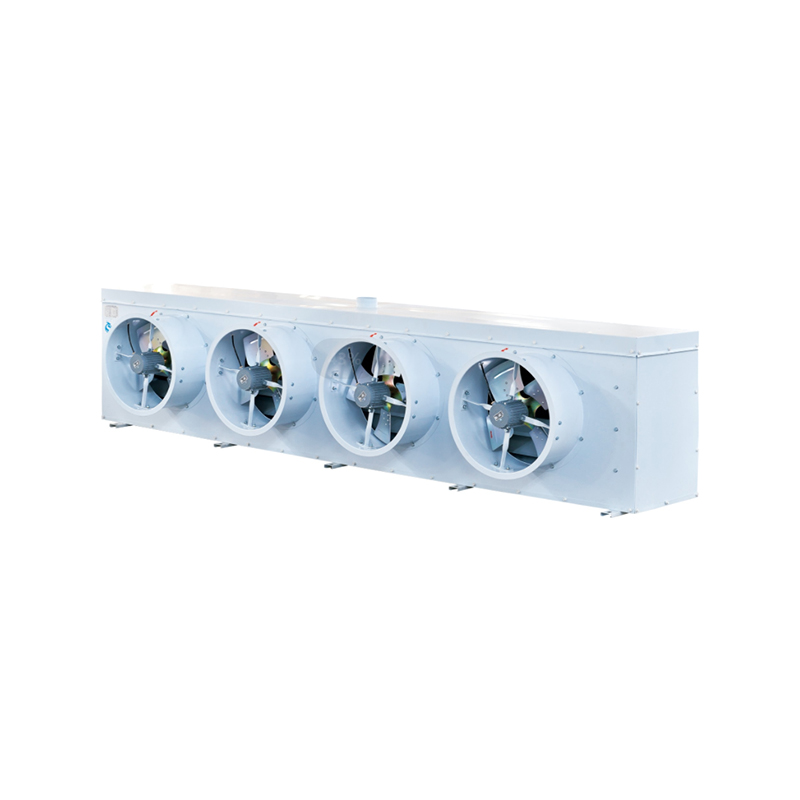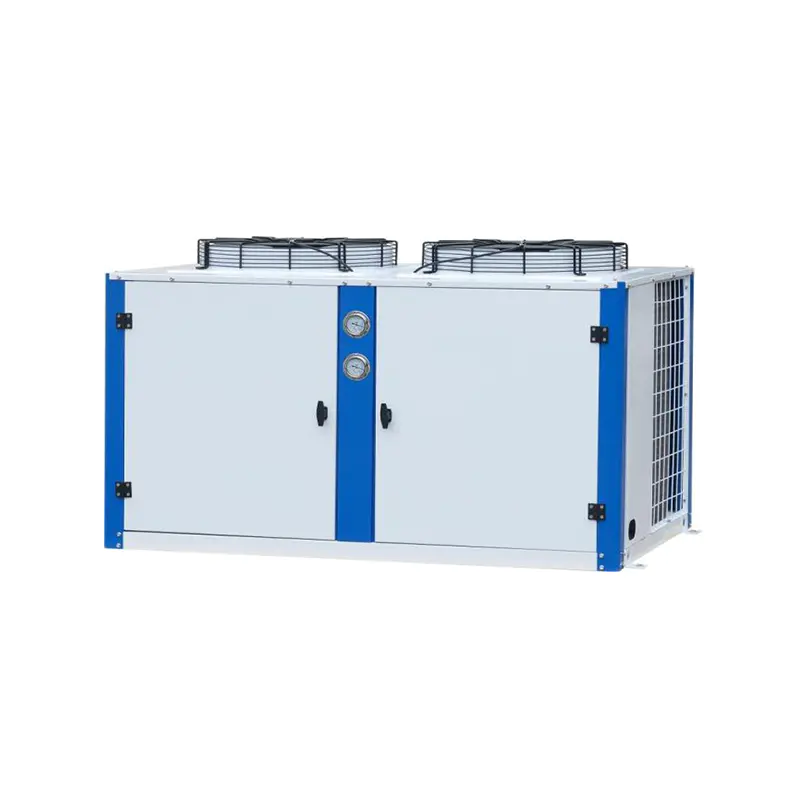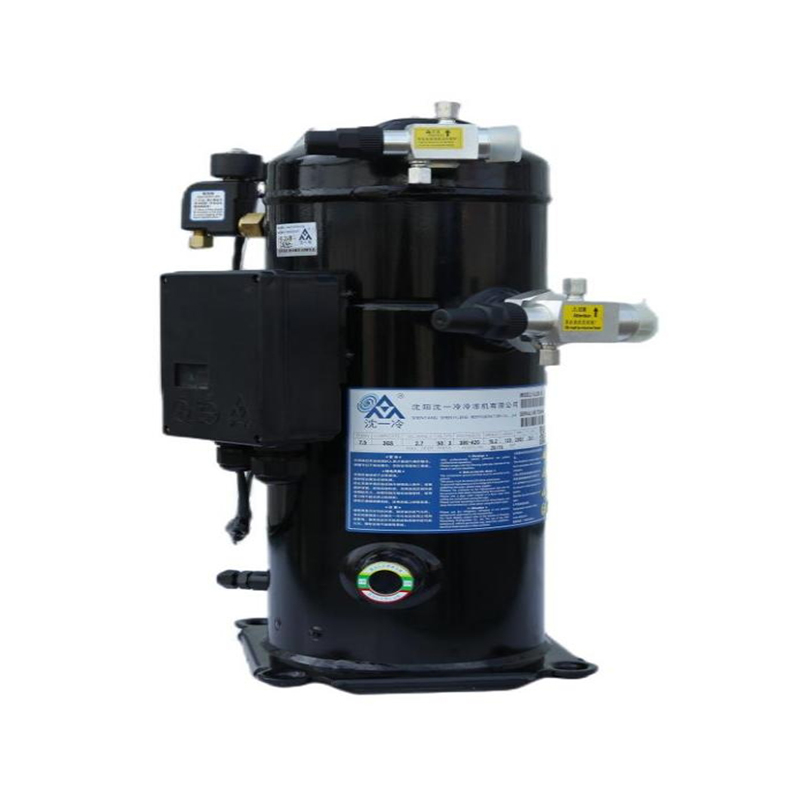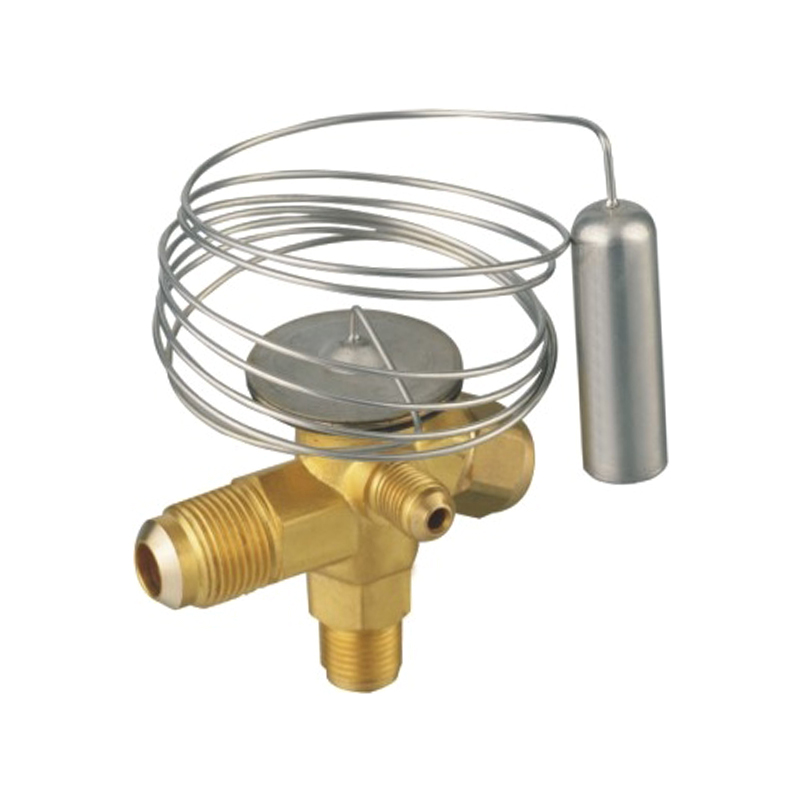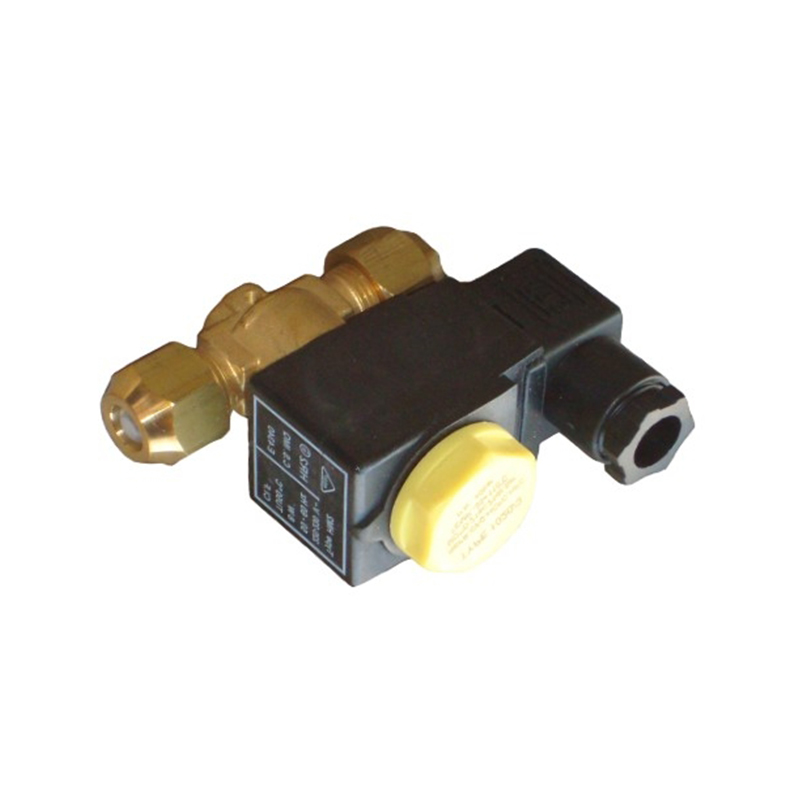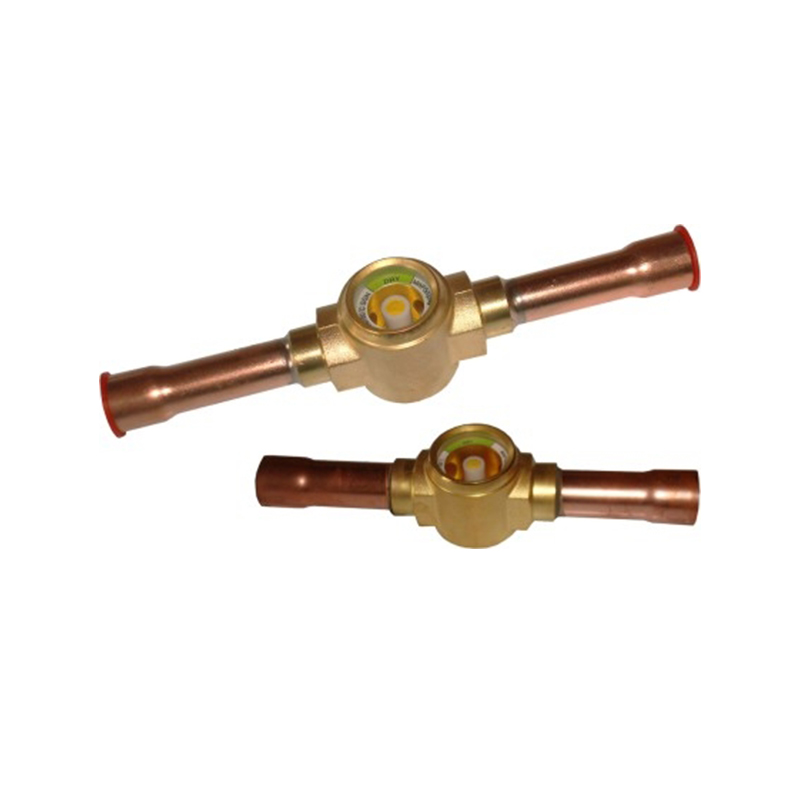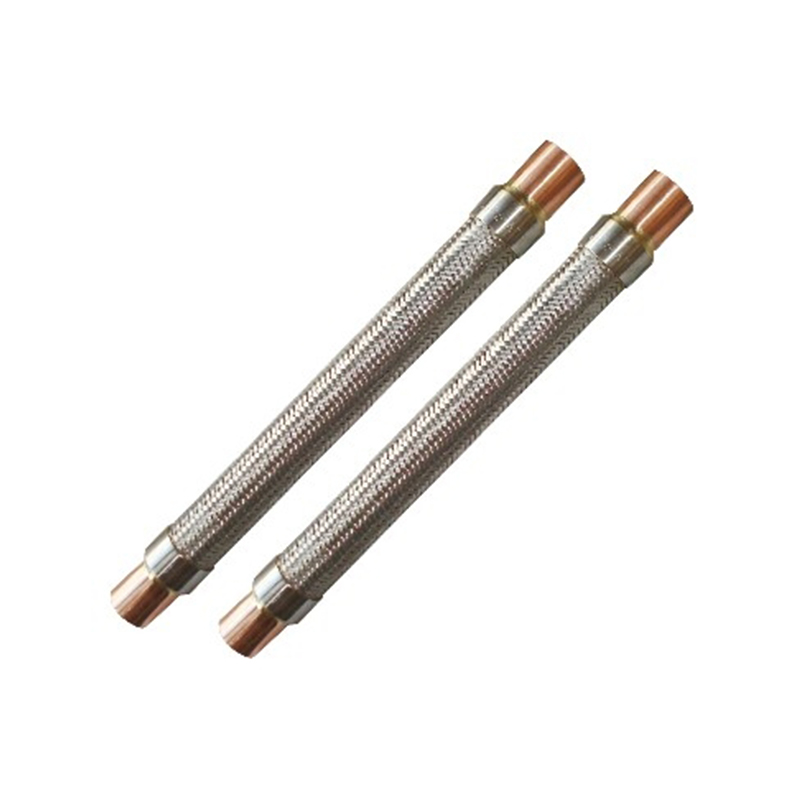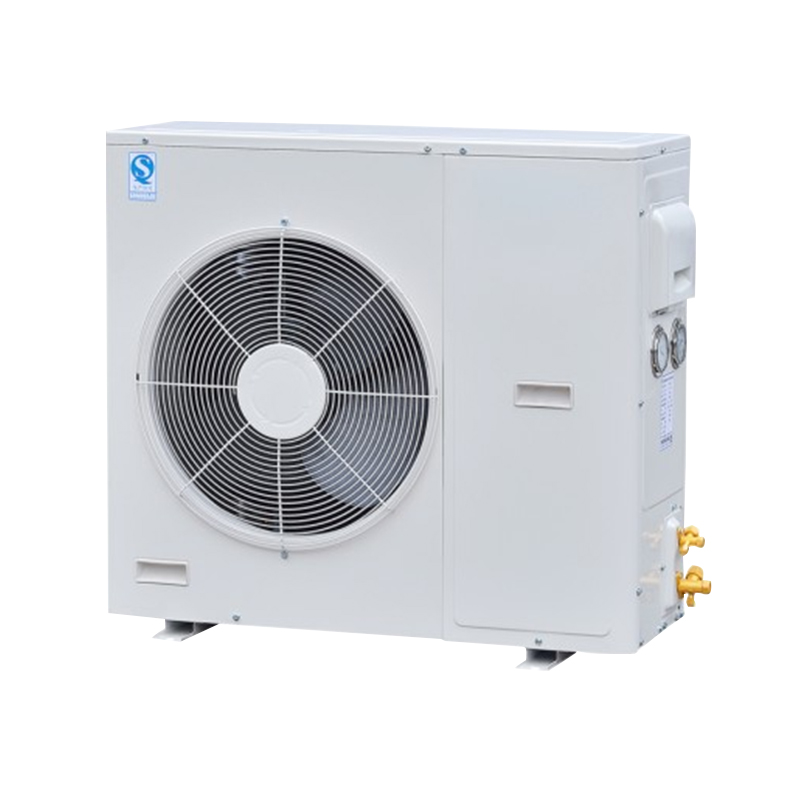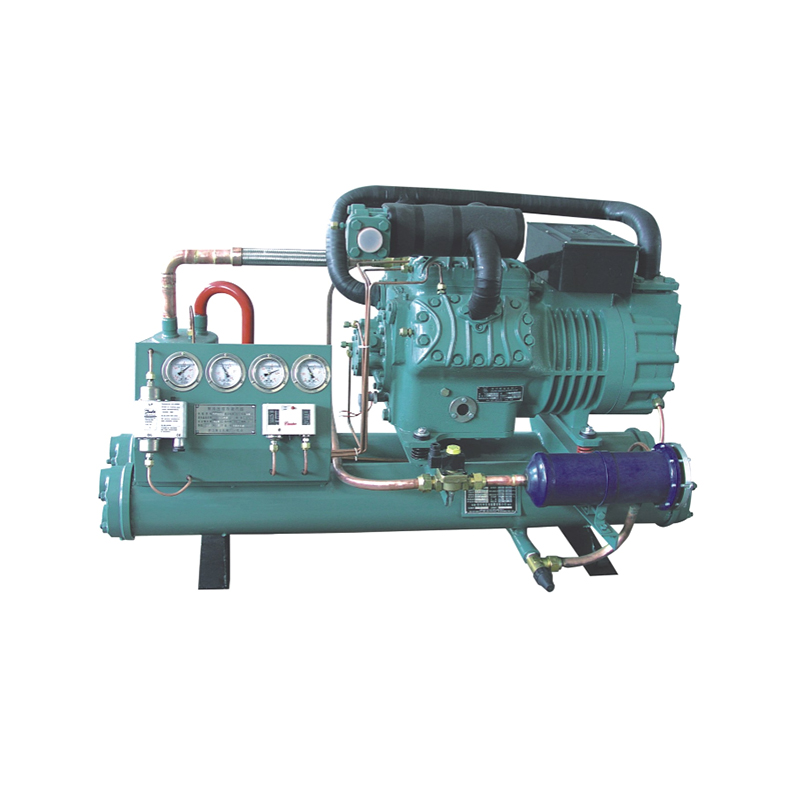Content
- 1 1. Definition and Composition of a Condensing Unit
- 2 2. Classification of Condensing Units
- 3 3. Application Fields of Condensing Units
- 4 1. Achieving Cooling and Freezing Effects
- 5 2. Maintaining Low-Temperature Storage Environments
- 6 3. Extending Food Shelf Life
- 7 1. Optimizing Unit Design
- 8 2. Precise Installation Technology
- 9 3. Intelligent Operation and Maintenance Management
1. Definition and Composition of a Condensing Unit
A Condensing Unit is a critical device used in industrial, medical, and catering fields. It consists of multiple core components, including a condenser, expansion valve, evaporator, and pressure controller. These components work together to absorb heat and reduce the temperature of objects, achieving cooling and freezing effects. Zhejiang Brozer Refrigeration Technology Co., Ltd. has extensive experience in the design and manufacturing of Condensing Units, ensuring that each unit operates efficiently.
2. Classification of Condensing Units
Condensing Units can be divided into various types, such as box-type Condensing Units, open-type Condensing Units, water-cooled Condensing Units, air-cooled Condensing Units, and parallel Condensing Units. Each type has its unique design and application scenarios to meet the needs of different industries and environments. For example, box-type Condensing Units are suitable for occasions with limited space, while water-cooled Condensing Units are suitable for large-scale industrial applications requiring efficient cooling.
3. Application Fields of Condensing Units
Condensing Units are widely used in cold storage, preservation rooms, constant temperature workshops, and industrial chillers to ensure temperature control in production environments. In the medical field, Condensing Units are used to maintain low-temperature storage environments for medicines and medical devices, ensuring their quality and safety. In the catering field, Condensing Units are used for food refrigeration and freezing to extend the shelf life of food and maintain its freshness.
What is the Main Function of a Condensing Unit?
1. Achieving Cooling and Freezing Effects
The primary function of a Condensing Unit is to absorb heat and reduce the temperature of objects, achieving cooling and freezing effects. In the industrial field, Condensing Units are widely used in cold storage, preservation rooms, constant temperature workshops, and industrial chillers to ensure temperature control in production environments. Zhejiang Brozer Refrigeration Technology Co., Ltd. provides Condensing Units with high-efficiency cooling performance, meeting various industrial needs.
2. Maintaining Low-Temperature Storage Environments
In the medical field, Condensing Units are used to maintain low-temperature storage environments for medicines and medical devices, ensuring their quality and safety. Through precise temperature control, Condensing Units can prevent medicines and medical devices from deteriorating or failing due to high temperatures, ensuring medical safety. Zhejiang Brozer Refrigeration Technology Co., Ltd.'s Condensing Units have performed well in the medical field, earning widespread recognition from customers.
3. Extending Food Shelf Life
In the catering field, Condensing Units are used for food refrigeration and freezing to extend the shelf life of food and maintain its freshness. Through low-temperature storage, Condensing Units can inhibit the growth of microorganisms in food, preventing food spoilage. Zhejiang Brozer Refrigeration Technology Co., Ltd. provides Condensing Units that perform well in the catering field, meeting various food storage needs.
How to reduce noise during the design and installation of Zhejiang Brozer Refrigeration Technology Co., Ltd.'s condensing units?
1. Optimizing Unit Design
In the design phase, Zhejiang Brozer Refrigeration Technology Co., Ltd. fully considers noise control factors to reduce noise from the source. Low-noise components such as low-noise fans, motors, and compressors are selected. These components are precisely acoustically optimized to significantly reduce operating noise while ensuring cooling efficiency. Vibration isolation design is adopted, installing vibration isolation devices such as vibration pads and vibration springs inside and at the bottom of the unit to isolate and absorb vibration energy generated during unit operation, reducing the transmission of vibrations to the surrounding environment. Customized soundproof hoods are provided for the unit, and efficient sound-absorbing materials are used to cover key noise sources, forming a closed or semi-closed soundproof space to reduce noise leakage.
2. Precise Installation Technology
The installation phase is also crucial for noise control of Condensing Units. Zhejiang Brozer Refrigeration Technology Co., Ltd. ensures that the unit operates well and reduces unnecessary noise through meticulous construction and debugging. The unit should be installed on a solid and stable foundation to reduce noise caused by foundation vibrations or looseness. The foundation design needs to consider the weight, operating frequency, and vibration characteristics of the unit to ensure effective absorption and dispersion of vibration energy. During installation, the unit must be accurately aligned to ensure that the connections between components are tight and not loose. Dynamic balance correction is performed on rotating components such as fans and impellers to reduce noise and vibration caused by unbalanced operation.
3. Intelligent Operation and Maintenance Management
In addition to noise control measures in the design and installation phases, intelligent operation and maintenance management is also an important means to reduce the noise impact of Condensing Units. Zhejiang Brozer Refrigeration Technology Co., Ltd. realizes remote monitoring and fault warnings of units through IoT technology. Maintenance personnel can monitor the operating status of units in real-time and promptly identify and address potential problems that may increase noise. Intelligent control systems are used to automatically adjust the air volume, water flow, and other operating parameters of units according to actual needs, achieving a good balance between cooling effects and noise control. Through data analysis and optimization algorithms, the operating efficiency and noise control level of units are continuously improved. Regular maintenance is also key to reducing noise. A strict maintenance plan is formulated and implemented, and regular cleaning, lubrication, and tightening of units are performed to maintain the good operating condition of units, extend their service life, and reduce noise generation.
